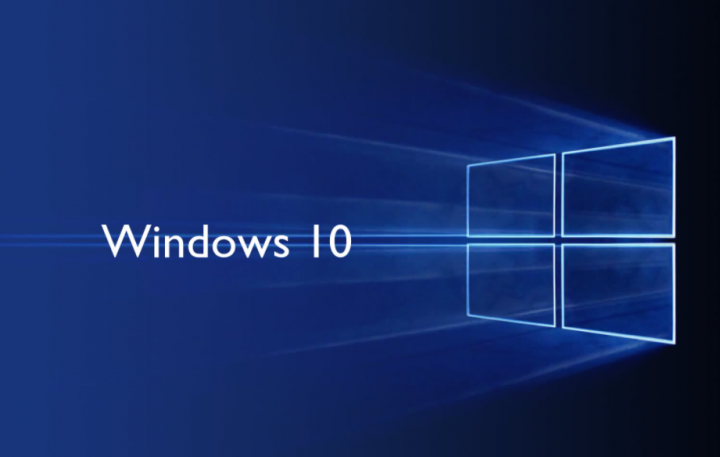
Whenever an app is installed on Windows 10, then it saves files in two different locations actually. Such as Program Files or Program Files (x86), and the AppData folder as well. This holds true for most apps, however, some apps will install only to the AppData folder, however, others will install only to Program Files or Program Files (x86) and not to AppData as well. The AppData folder is unique for each and every user, and it contains app-specific settings for a user. It also has three sub-folders; Local, LocalLow, and Roaming. In this article, we are going to talk about How to Find AppData Folder in Windows 10. Let’s begin!
Contents
What is the Windows AppData folder?
The AppData folder is actually one of the hidden folders on the Windows operating system. It saves application data for many programs, also including Firefox, Skype or Adobe, however, also those via Microsoft and Windows. This basically includes templates, system start-up elements, short notes, signatures, add-ons for a lot of programs, and many more. It may also contain data of the currently registered user, as well as saved progress for PC games.
The Windows AppData folder also has three subfolders, that contains the following:
- Roaming: These stores settings that are carried over (called roaming) whenever signing into other computers in company networks actually.
- Local: This subfolder saves data that does not roam, such as temporary data as well.
- LocalLow: This is the storage location for Windows or program folders along with highly restricted rights, for example, browser add-ons as well.
Huge quantities of files can many times accumulate in these folders. The temporary files in the Local subfolder can also be deleted to free up storage space on the system hard drive as well. But, the disk cleanup via Windows does not perform this process. So, it also has to be done manually.
How to Find AppData Folder in Windows 10
Opening the AppData folder on Windows 10 is just really simple. You guys can open it from a user’s folder however, the AppData folder is hidden via default, so even if you guys are inside a user’s folder, then you won’t see it until you select to show hidden files.
Show hidden files or foldersShowing hidden files and folders on Windows 10 is pretty easy.
- First o all open File Explorer.
- Head to the View tab.
- Turn on or check the Hidden items folder.
Open User folder
Now that you’ve enabled hidden items in order to show on Windows 10, you can open your user folder, and then access the AppData folder.
- Open the Win+R keyboard shortcut in order to open the run box.
- Now in the run box, enter a period i.e.
.and click on the Enter key. - The user folder will then open.
- Just look for the AppData folder. Its icon will be faded. Double-click to open it.
Direct access
Users can also directly open the AppData folder as well. It isn’t important to go through the user folder.
- Just press the Win+R keyboard shortcut in order to open the run box.
- In the run box, then enter
%AppData%, and tap the Enter key. - Now a new File Explorer window will actually open to the AppData’s Roaming folder.
- Tap on the ‘AppData’ folder in the location bar in order to go to the main AppData folder.
Deleting folders in AppData
Well, the three main sub-folders in AppData, i.e., Local, LocalLow, and also Roaming should never be deleted actually. The folders under these folders can also be deleted but, make sure you guys do not plan on using the app that a certain folder is for. If you’ve uninstalled an app, then deleting its folder from AppData is safe.
Conclusion
Alright, That was all Folks! I hope you guys like this article and also find it helpful to you. Give us your feedback on it. Also if you guys have further queries and issues related to this article. Then let us know in the comments section below. We will get back to you shortly.
Have a Great Day!






